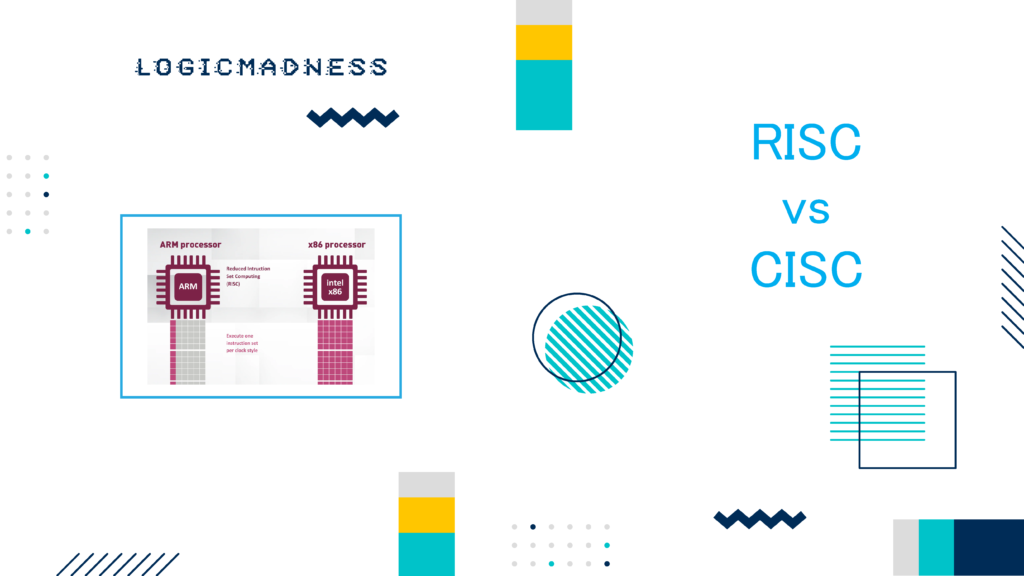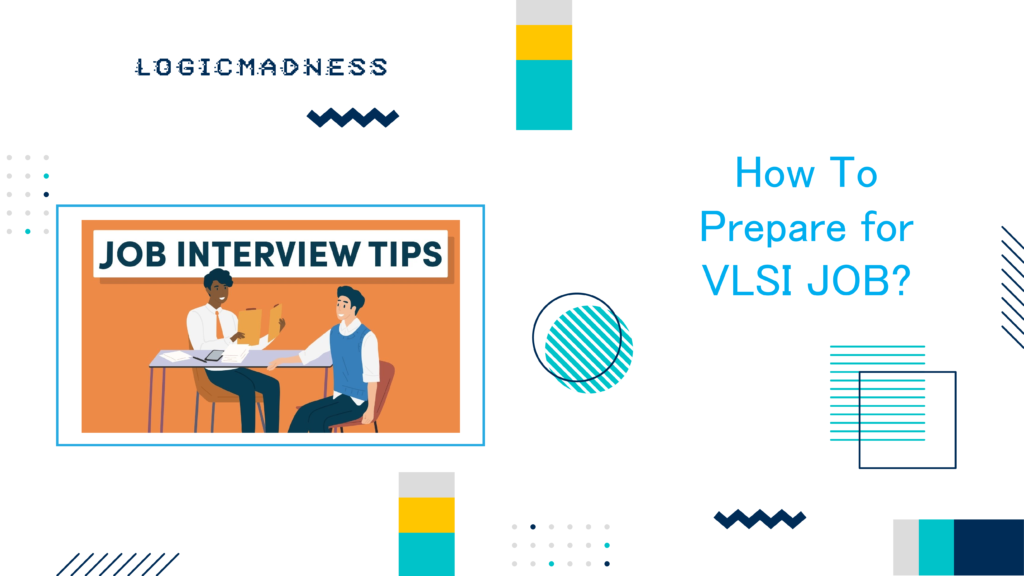With growing advancements in Artificial Intelligence (AI), Electric Vehicles (EV), and smartphone technology, the demand for skilled VLSI engineers in IC (Integrated Circuit) design firms has surged. VLSI (Very Large-Scale Integration) design focuses on creating compact, powerful chips by integrating billions of transistors on a single IC. Today, sub-10 nanometer technology makes it possible to fit immense functionality into tiny devices, enabling the production of high-performance, feature-rich electronics.
If you have a passion for electronics engineering, a career as a VLSI engineer offers promising growth. Excelling in this field requires not just technical skills but also a positive, adaptable attitude, a team-oriented mindset, and enthusiasm for constant learning.
Who Can Become a VLSI Engineer?
To pursue a career in VLSI engineering, a bachelor’s degree in electronics, electrical engineering (EEE), or a related field is generally essential. However, candidates with a computer science or IT background who have a good understanding of digital systems, semiconductor physics, and software development can also transition into VLSI roles.
VLSI engineers are pivotal to advancements in automation and Industry 4.0. They play a key role in developing cutting-edge Graphics Processor Units (GPUs) and other technology that powers modern AI applications. Additionally, Application-Specific Integrated Circuits (ASICs) and System-on-Chips (SoCs) are central to innovations in Automotive Electronics and Electric Vehicles, making VLSI a vital industry that is also resilient against automation.
Core Skills and Knowledge for VLSI Engineers
To succeed as a VLSI engineer, you need a solid foundation in both technical knowledge and essential skills. Here’s a breakdown of the primary areas you should focus on:
Knowledge of Digital Electronics
- Understanding digital electronics is crucial, as this is the basis for both design and verification in VLSI.
- For front-end roles, knowledge of digital electronics is required for tasks like design, verification, and synthesis.
Proficiency in Hardware Description Languages (HDLs)
- Languages like Verilog, SystemVerilog, and VHDL are key for designing and verifying digital circuits.
- SystemVerilog and UVM (Universal Verification Methodology) are often used in environments focused on verification, making them essential for aspiring verification engineers.
Familiarity with Digital Design Tools
- Tools like Verilog, SystemVerilog, and SystemC are critical for both design and verification.
- Most VLSI verification today uses UVM-based environments, so competence in UVM is beneficial for front-end roles.
Comprehensive Knowledge of VLSI Design Concepts
- A VLSI engineer should be familiar with concepts from computer architecture, digital design, timing, area optimization, and speed considerations.
- Backend VLSI roles also require knowledge of fabrication processes, physics, and materials science.
Key Areas of Knowledge for VLSI Engineers
| Core Area | Description |
| Digital Electronics | Core principles of digital circuits, including logic design, timing, and data flow. |
| Hardware Languages | Proficiency in Verilog, SystemVerilog, and VHDL for effective digital circuit design and testing. |
| Microelectronics | Insights into transistor behavior, integrated circuits, and semiconductor physics. |
| Computer Architecture | Knowledge of data processing, memory management, and CPU design for optimized performance. |
| FPGA Architecture | Understanding of Field Programmable Gate Arrays, including design and testing. |
| CAD Tools | Proficiency in tools for design automation, essential for creating complex VLSI systems. |
| Network Analysis | Analyzing and optimizing the flow of data across circuit networks. |
| Analog Circuits | Foundational understanding of circuits that process continuous signals, often integrated in VLSI. |
Key Steps to Becoming a VLSI Engineer
- Pursue the Right Education: A degree in Electronics Engineering (ECE), Electrical Engineering (EEE), or a related field provides the foundation for a VLSI career. Some computer science professionals with a strong grasp of digital electronics and software development may also qualify for specialized roles.
- Build Strong Fundamentals: Focus on mastering digital electronics, hardware description languages (HDLs), microelectronics, and communication protocols. Familiarity with SystemVerilog, UVM, and Verilog is critical for both front-end and verification roles in VLSI.
- Gain Hands-On Experience: Many VLSI design roles require practical experience with CAD tools, FPGA architecture, and network analysis. Working on projects in these areas helps solidify theoretical knowledge and makes candidates more competitive.
- Stay Updated: The semiconductor industry is dynamic, with continuous advancements. Keeping up-to-date with the latest technologies, tools, and trends in VLSI will give you an edge in this field.
Conclusion
A career as a VLSI engineer can be rewarding and offers many growth opportunities due to its pivotal role in today’s technological advancements. With the right skills, training, and continuous learning, you can excel in the VLSI industry and contribute to cutting-edge developments in fields like AI, automotive, and IoT.

